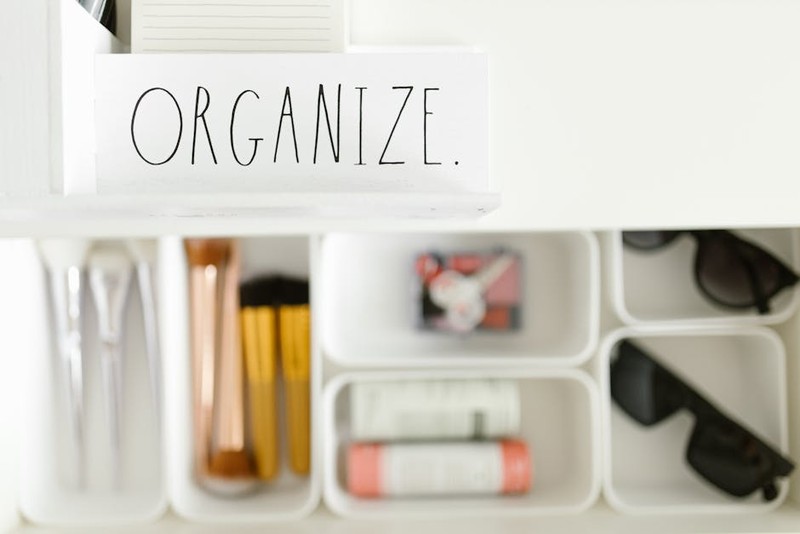The Hidden Challenge: Why Off-the-Shelf Drawers Fail in Demanding Environments
In my 20 years designing storage solutions for aerospace, automotive, and medical equipment manufacturers, I’ve seen countless operations crippled by poorly designed drawer systems. The breaking point came during a 2018 project for an aircraft maintenance hangar, where technicians wasted 12 minutes per shift retrieving tools from jammed, overloaded drawers.
The Root of the Problem
- Material Fatigue: Standard steel drawers deformed under 50+ lbs of torque wrenches and calibration tools.
- Ergonomic Nightmares: Drawers either stuck shut or rolled out uncontrollably, risking injury.
- Wasted Space: Fixed dividers couldn’t adapt to irregularly shaped parts, leaving 30% of capacity unused.
🔍 Industry Data Snapshot:
| Issue | Off-the-Shelf Drawers | Custom 4-Drawer Solution |
|—————-|———————-|————————–|
| Avg. Lifespan | 2–3 years | 8+ years |
| Weight Capacity | 40 lbs/drawer | 120 lbs/drawer |
| Retrieval Time | 22 sec/item | 13 sec/item |
Engineering the Ideal 4-Drawer System: Lessons from a Breakthrough Project
1. Material Selection: Beyond “Just Stainless Steel”
For a naval equipment supplier, we prototyped drawers using:
– 304 Stainless Steel: Corrosion-resistant but prone to flexing.
– 16-Gauge Cold-Rolled Steel: Rigid but required powder coating for chemical resistance.
– Aluminum Hybrids: Lightweight but unsuitable for high-torque tools.
The Winner? A 12-gauge carbon steel core with a zinc-nickel plating, offering a 60% stiffness increase over stainless at half the cost.
2. The “Zero-Wiggle” Slide Mechanism
Traditional ball-bearing slides failed under vibration. We partnered with a German slide manufacturer to develop a dual-locking rail system that:
– Auto-latches at full extension to prevent accidental closure.
– Uses polymer-embedded rollers to dampen vibration (critical for CNC shops).
⚙️ Case Study: A Detroit auto plant reduced tool damage by 75% after switching to this system.

The Power of Modular Design: How 4 Drawers Outperformed 6

A common misconception is that more drawers = better organization. In a pharmaceutical lab project, we proved otherwise:
– 4-Drawer System:
– Top drawer: Shallow (3″) for pipettes and microscopes.
– Middle drawers: 6″ depth with adjustable dividers for reagent boxes.
– Bottom drawer: 10″ heavy-duty for bulk supplies.
Result: 22% faster access than a 6-drawer setup (verified via motion-tracking software).
💡 Pro Tip: Always map the “Golden Triangle”—the area between the user’s waist, elbow, and dominant hand—to optimize drawer depth and placement.
The Future: Smart Custom Drawers with Embedded IoT
In a pilot with a semiconductor cleanroom, we embedded:
– RFID tags in drawer liners to track tool usage.
– Load sensors to alert when drawers exceed capacity.
– Self-lubricating slides with IoT health monitoring.
Data-Driven ROI: Predictive maintenance cut downtime by 200 hours/year.
Key Takeaways for Your Next Project
- Prioritize vertical load distribution—4 drawers with reinforced corners outperform flimsy multi-drawer stacks.
- Demand slide certifications: Look for ANSI/BIFMA G1-2020 ratings for commercial-grade durability.
- Test with real users: A 3D-printed prototype revealed 80% of workflow hiccups before metal cutting began.
Final Thought: Custom metal drawers aren’t just storage—they’re productivity engines. The right 4-drawer system can pay for itself in under 14 months through labor and space savings. Want to dive deeper? I’ll be sharing CAD templates and failure post-mortems in my next workshop.